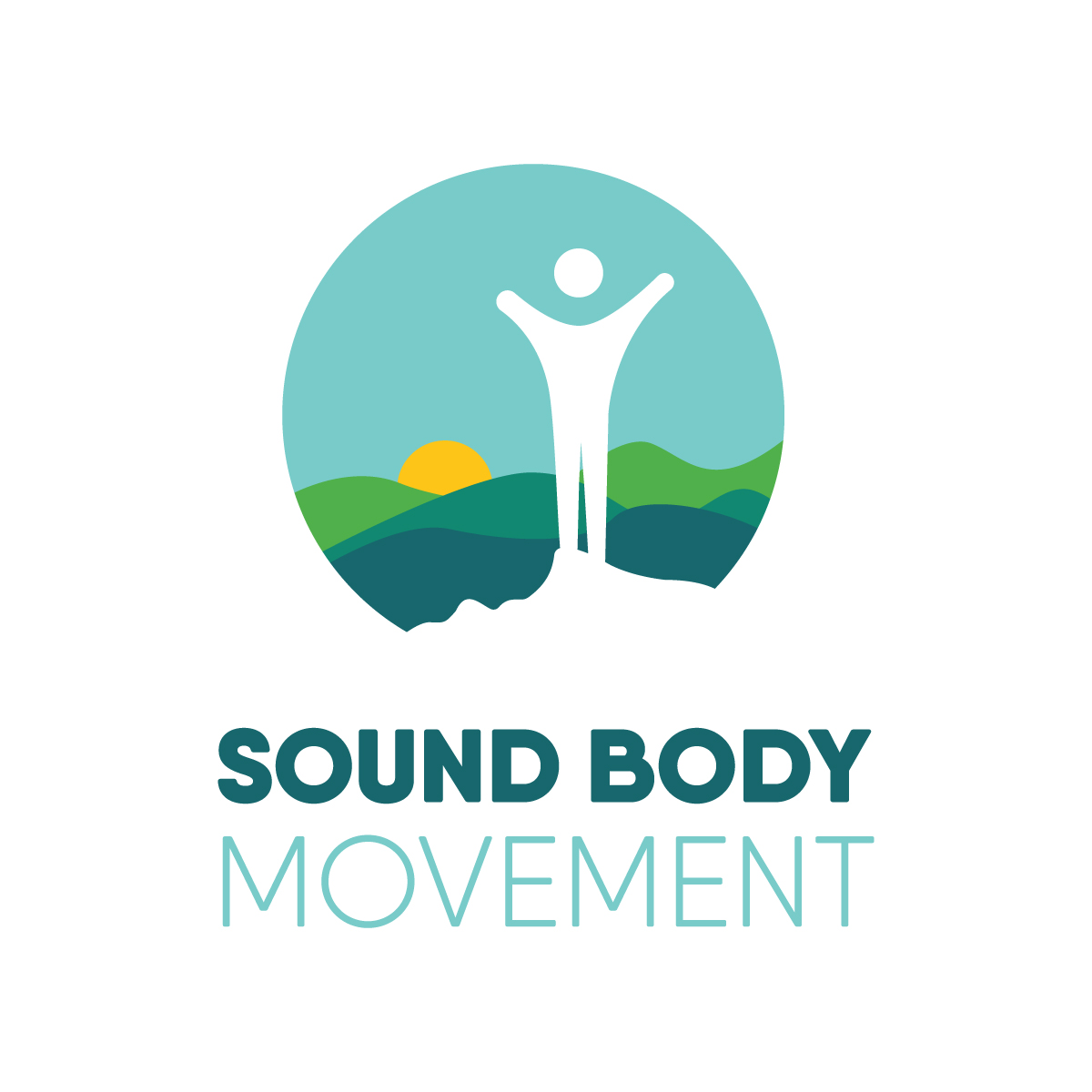Growth while aging, or just growing old?
Functional Aging is a process of mindfully developing our abilities as humans. We’re not just fighting physical or mental decline: at its core, functional aging is about learning, growth, and regeneration.
And it’s exciting! Maybe you can't teach an old dog new tricks, but as a human you can teach yourself new ways of moving and growing, despite your numerical age. In fact, learning new things as we age is vital for brain function and longevity.
What is movement training?
Movement training for Functional Aging involves learning to create a movement-rich life, creating more movement throughout the day, and expanding our movement capabilities. No matter where on the spectrum you currently land, your brain and body will benefit from learning new ways of moving and thinking about movement. At Sound Body Movement, we teach all kinds of functional human movements, including squatting, lunging, reaching, pulling, pushing, climbing or ascending, descending, throwing, catching… the list goes on. However, we don’t just do exercises that mimic the movements you do your life outside of a movement session. We teach you how to re-imagine your everyday movements, so that throughout your day you can benefit from more varied movement. This process involves creativity, play, curiosity, gentleness, and gratefulness for all the movement possibilities open to us.
When we do the same movements on repeat, day in and out for years, our bodies will adapt to those movements and forget movements that we don’t use. For example, if we never raise our arms above shoulder height, eventually we won’t be able to raise them above shoulder height. So if our are gets stuck, is the solution to find corrective exercises with movements above the shoulder? Possibly. But what if we could just creatively use our arms throughout the day in ways that made corrective exercise unnecessary? In ways that prevented them from getting stuck in the first place? That’s what movement training is all about — finding ways to move creatively, playfully, every day and throughout your day, that allow you to keep moving for years to come.
Another example is walking up stairs, or just walking down the hallway. If you do it the exact same way every time, your hips, back, knees, or ankles may become cranky over the years. You could do “exercises” to help your hips get stronger and maybe less painful. Or, you could take that opportunity to walk sideways, backward, or skip — by using the body differently the joints will thank you. And you didn’t even have to “exercise”!
Benefits
Maintain independence
Improve balance and reaction time
Feel more confident and comfortable in your body
Prevent injuries and falls
Increase circulation
Manage pain
Improve cognition
Sustain activities you love
Offerings
1-on-1 movement training
Group movement classes for seniors
Functional Aging workshops
Fall prevention classes
Mindful Walking group
Post-rehab exercise
Mindful movement & breathing practice
Movement games for seniors and families
Who relies on Sound Body Movement for functional aging?
SENIORS STILL WORKING
Why? Whether you work at a computer, travel for business, or perform manual labor, you rely on your body to get the job done. Injury, pain, and loss of mobility can not only damage your productivity, but can force you to retire before you're ready.
SENIORS DETERMINED TO REMAIN INDEPENDENT
Why? Because when it begins to see "unsafe" for Mom or Dad to navigate their regular home environment, many families start talking about placing aging parents into an assisted living or nursing home environment. Once your family fears you may struggle with stairs, fall during household activities, or not be able to get up off the ground, they will become more and more insistent that you live under care, and they may even insist you stop driving. Through SBM training, our clients learn to prove to themselves and their families that not only are they fit to remain independent, but that they are actively training to respond in the event of a crisis.
PEOPLE WHO TAKE THEIR HEALTH SERIOUSLY AND WHO TAKE RESPONSIBILITY FOR IT
Why? Because none of us, on our own, has all the wisdom to take care of our bodies, minds, and spirits. That's why, as humans, we band together and help each other. People who are serious about their health are proactive in finding a teacher who can help them learn how to move better and live better.
PEOPLE WHO ARE PREPARING FOR RETIREMENT
Why? Because the habits you form now will carry into your retirement -- for good or for ill!
ACTIVE SENIORS
Why? Because individuals and couples "on the go" can't afford to slow down due to injury, pain, or stiffness.
PEOPLE WITH CHRONIC OR RECURRING PAIN
Why? Recurring pain can be a vicious cycle where pain causes less movement, and less movement contributes to more pain. Sadly, this can lead to disability and loss of functional independence. What can help break the cycle? Movement training!
ACTIVE AND INVOLVED GRANDPARENTS
Why? Grandparents who play games with their grandkids, babysit them, or vacation with them train with SBM because they want to keep spending this quality time with their families. "Keeping up with the kids" is about more than just your attitude. It's about being able to pick them up & carry them safely, get onto the floor to play with them (and back up off the floor!), participate in their favorite family recreational activities, and physically keep them out of harm's way. A grandparent who is active, involved, and physically capable will enjoy a more enriching relationship with their grandkids than one who’s involvement and physical capability is limited.



